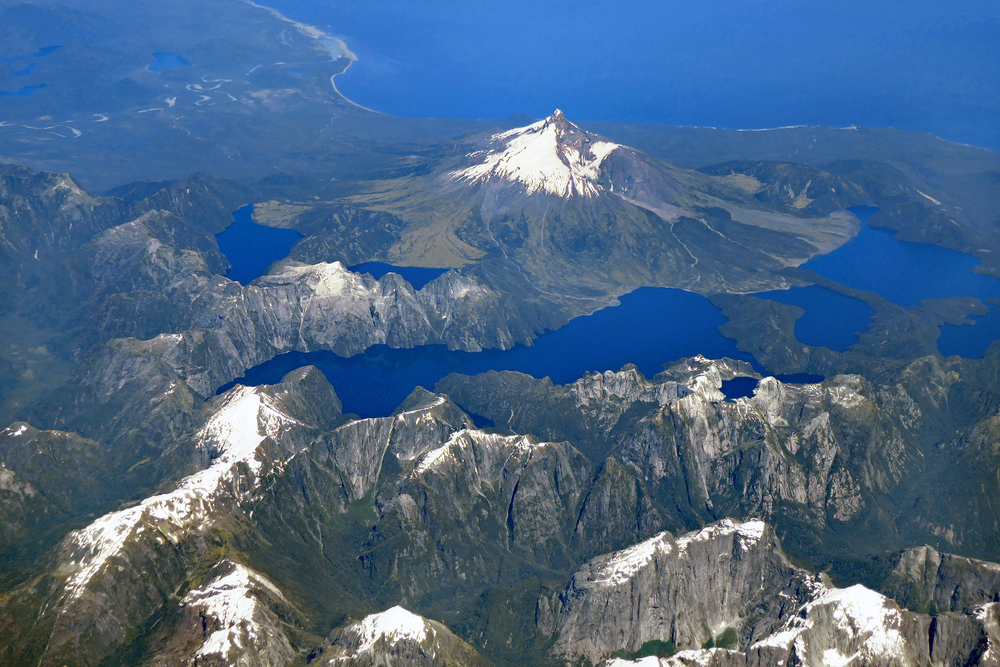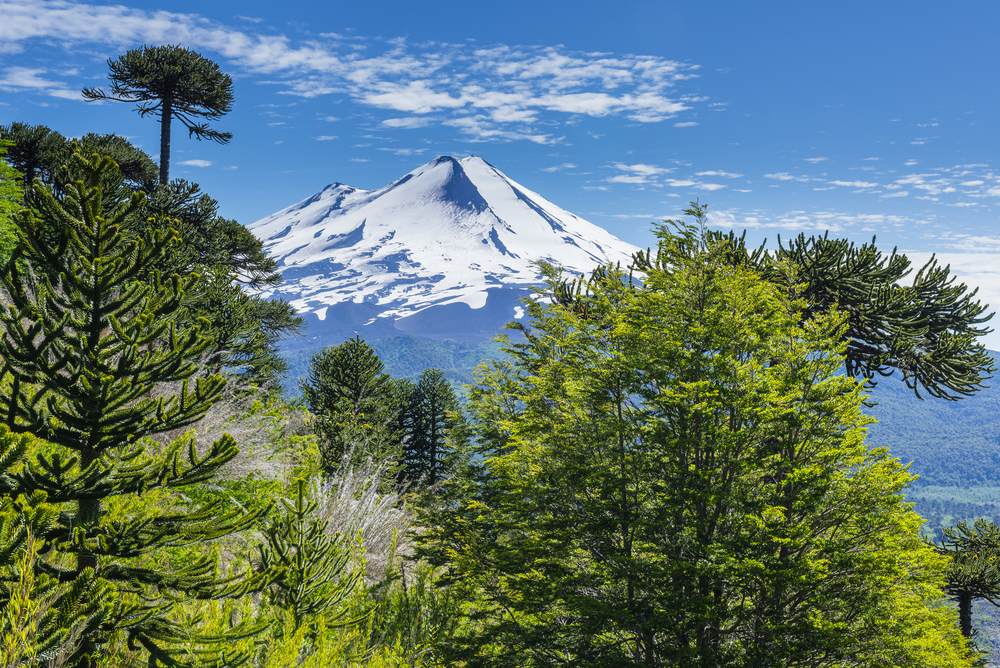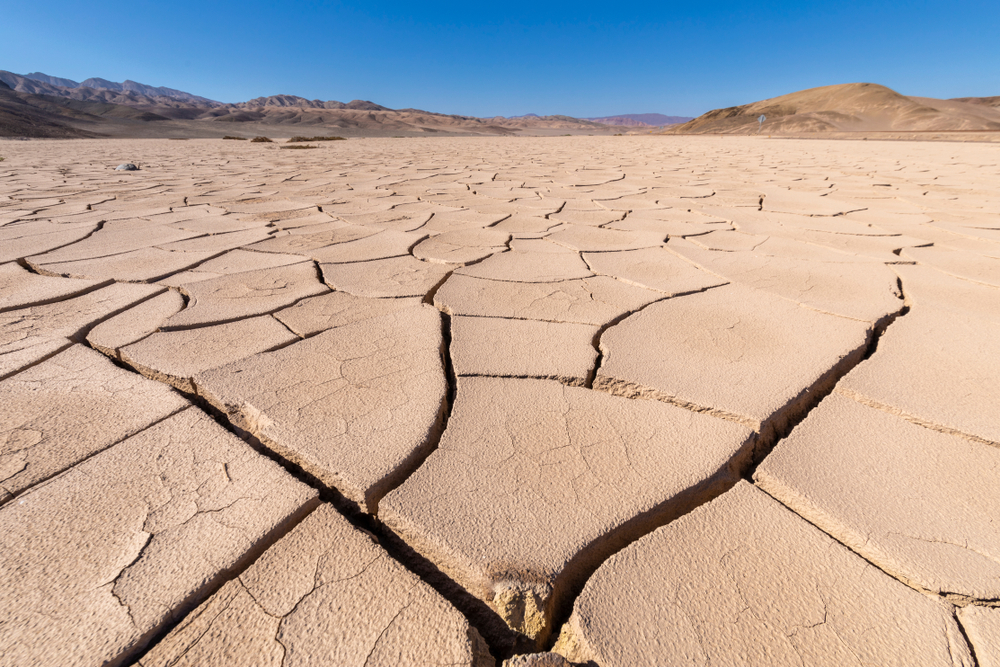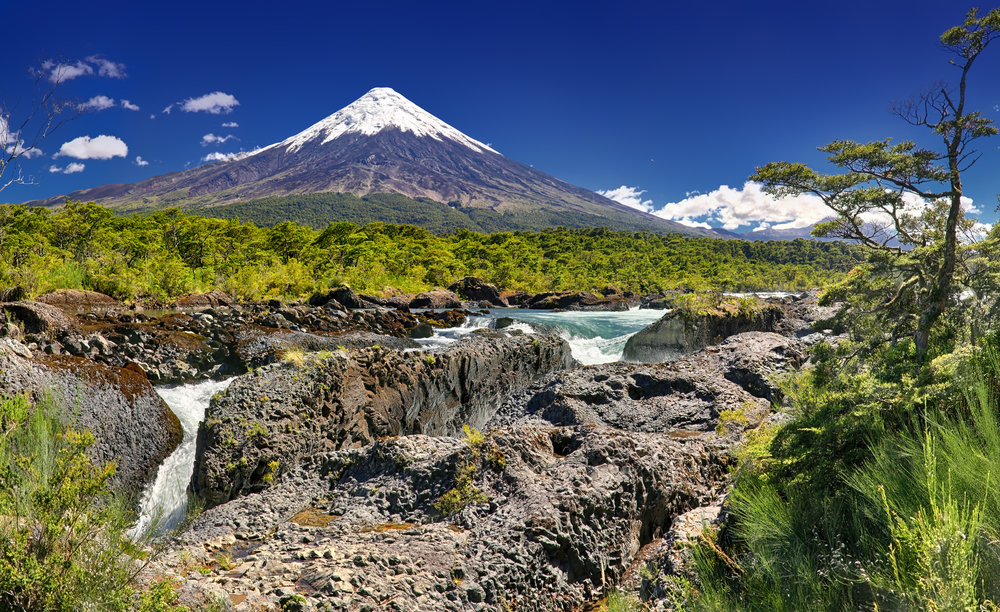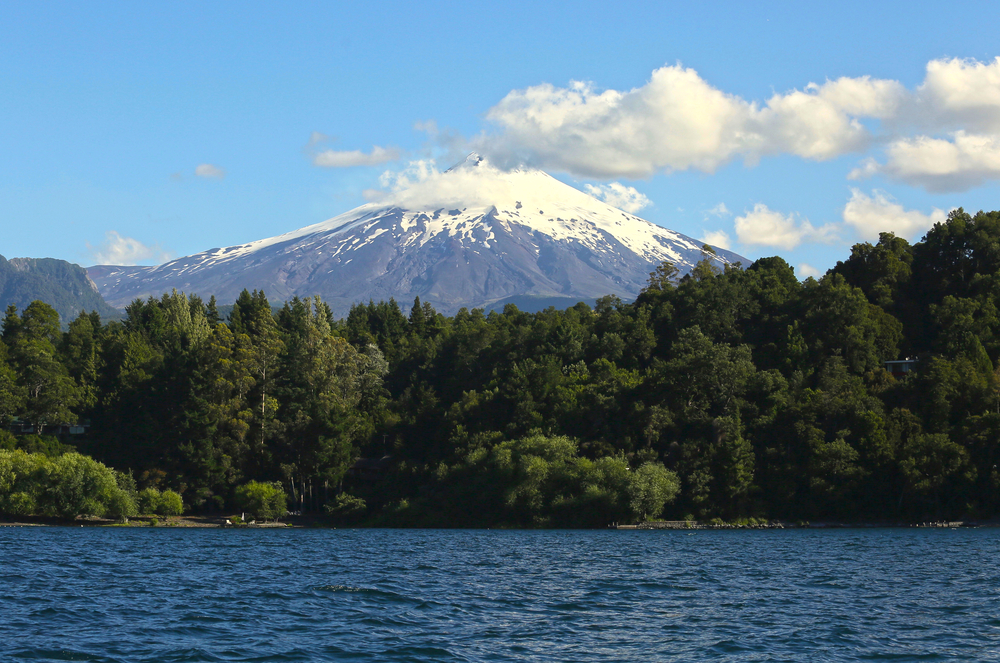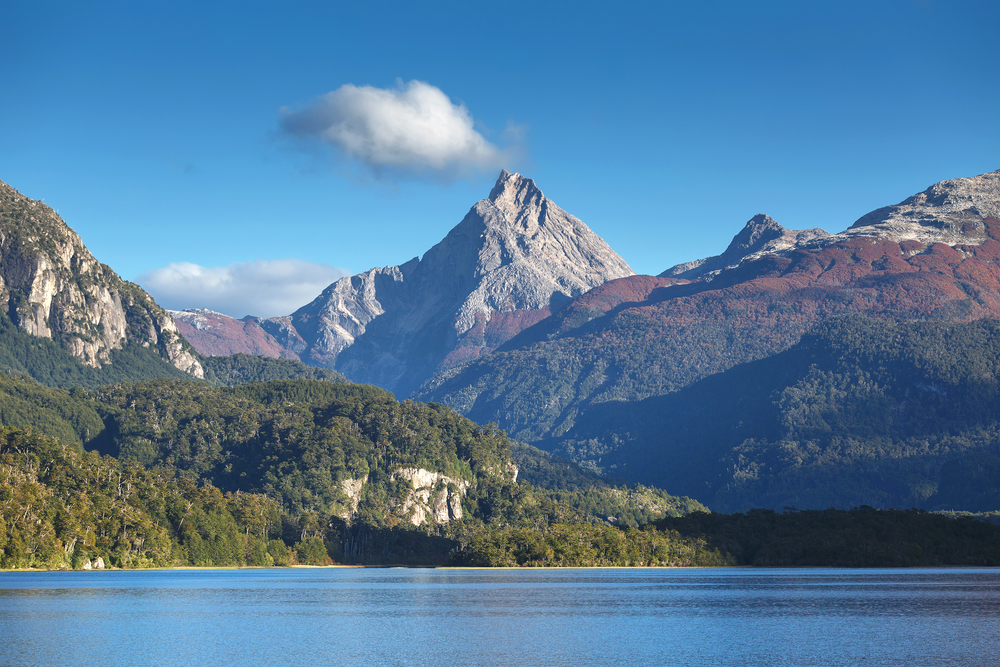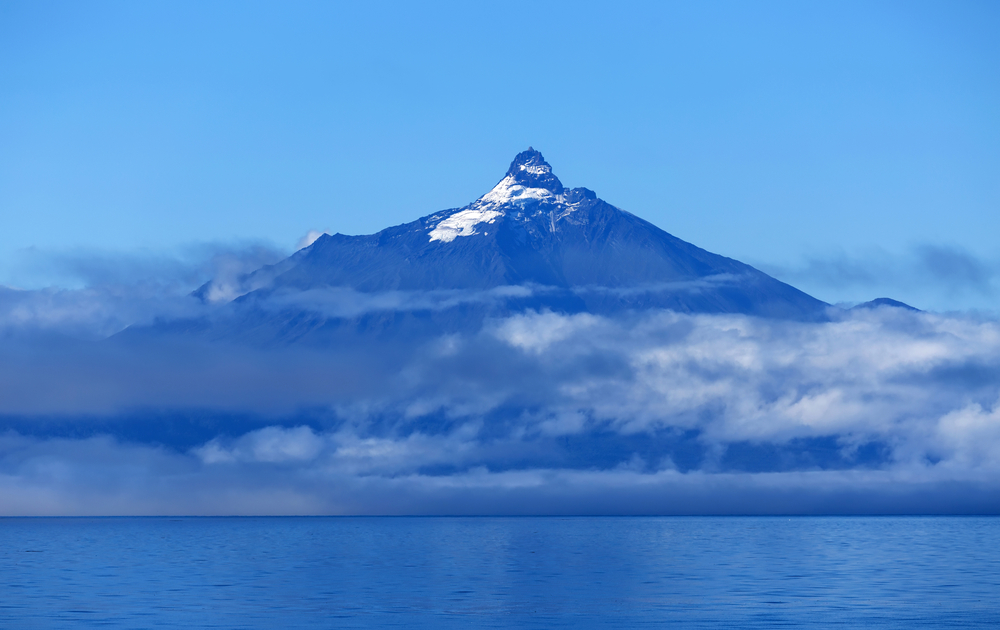Corcovado (Chile) Overview
Corcovado National Park, located in the Los Lagos Region of southern Chile, is an expansive and remote wilderness area known for its untouched natural beauty and biodiversity. Established in 2005, the park covers an area of approximately 2,930 square kilometers (about 1,131 square miles), making it one of the largest national parks in Chile. The park encompasses a vast array of landscapes, including snow-capped volcanoes, dense temperate rainforests, pristine rivers, and fjords, providing a sanctuary for a wide variety of plant and animal species.
The park is named after the Corcovado Volcano, one of its most prominent features, which dominates the landscape with its impressive silhouette. The area’s rugged terrain and relative inaccessibility have helped preserve its natural ecosystems, making it a haven for conservationists and nature lovers. Corcovado National Park is part of the larger Patagonian wilderness, contributing to the conservation of the temperate rainforests of the Andes, a biome that is globally recognized for its ecological importance.
The biodiversity within Corcovado National Park is astounding, with a rich variety of flora, including ancient Alerce trees, some of which are over 3,000 years old. The park’s fauna includes endangered species such as the Andean deer, pumas, and the elusive kodkod, the smallest wild cat in the Americas. The park’s rivers and coastal areas are also critical habitats for marine life, including dolphins and sea lions.
Despite its remote location, Corcovado National Park attracts adventurers and researchers interested in exploring its untouched landscapes and studying its rich ecosystems. Activities within the park include hiking, kayaking, and wildlife observation, offering visitors a unique opportunity to connect with nature in one of the world’s last great wilderness areas.
Corcovado National Park stands as a testament to Chile’s commitment to preserving its natural heritage, offering a glimpse into the country’s diverse and spectacular landscapes. It remains a priority area for conservation efforts, ensuring the protection of its unique ecosystems for future generations.








































































